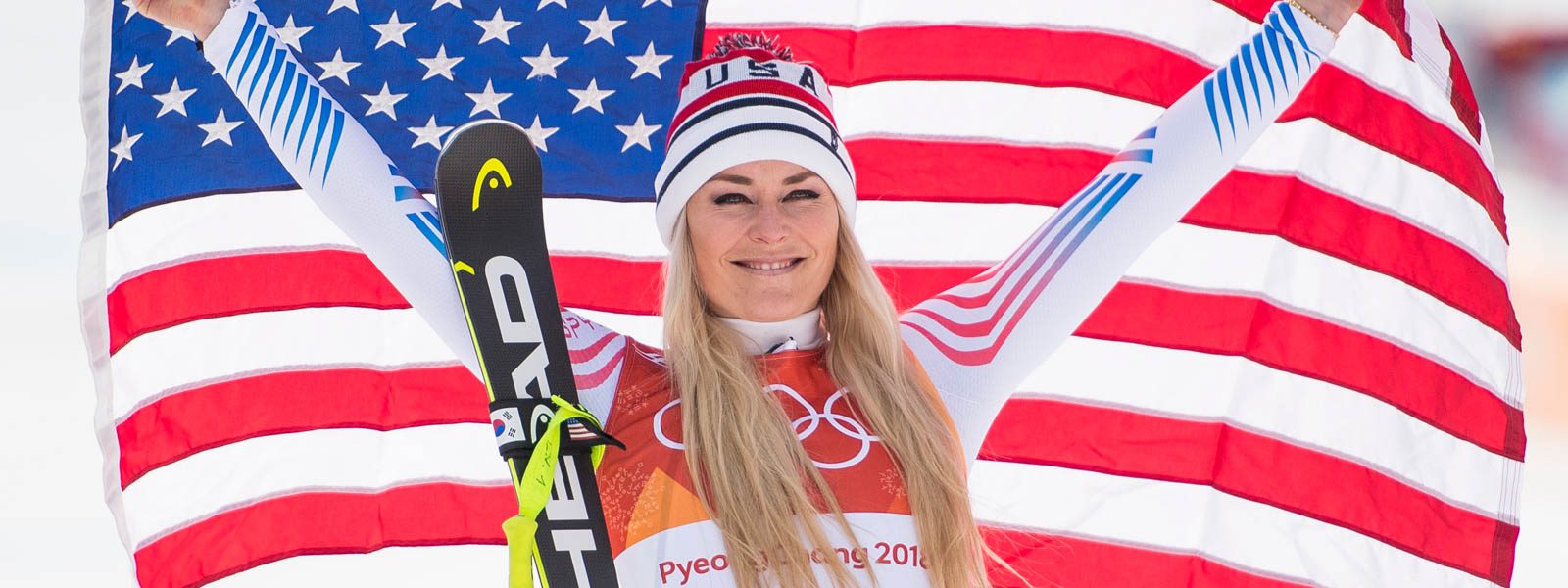Black Diamond: NASTAR as a potential USSA game changer
One has to be buoyed by the recent USSA announcements regarding the reduction of membership fees and the licensing to operate NASTAR. Standing alone, either would be an enhancement. Taken together they should become a game changer for USSA.
Acquiring NASTAR operationally is not a surprising move if one has followed the thoughts voiced by USSA President and CEO Tiger Shaw over the past year. During much of his first year he has strongly voiced that the association needs to broaden its membership base.
Increasing membership has been given lip service over the years, but it has not been in the forefront of USSA’s mindset. The organization’s main concern has been and continues to be athletic success. “Best in the World” is now accepted and indeed, perhaps expected. But being “best” does not offer a path for growth, nor will it. Reducing membership costs and operating NASTAR changes the model by providing USSA exposure to everyday skiers at both large resorts and local hills. With some 61,000 participants running NASTAR courses last season at over 100 ski areas, exposure opportunities for the association expand exponentially.
In the 1970s, USSA dabbled with expanding membership through some mechanism of travel association. That idea imploded, thank goodness, and with it any sort of broad membership initiatives for folks not immediately concerned with or involved in ski competition. Through its limited single focus, the association provided little motivation to join unless one wanted to be a competitor, coach or official. Yes, USSA discussed plans and spoke of increasing membership, but it noticeably failed to provide the resources to back the verbiage.
The upcoming involvement with NASTAR changes all that. It puts USSA and its alpine brand, the U. S. Ski Team, right in front of the skiing public every day of the week – or at least every time ski areas set up courses. Moreover, Shaw and the USSA Board have made a monetary commitment which is not unsubstantial.
Fortunately, there is room to grow. Active Interest Media (AIM), which has owned NASTAR since it purchased Ski Magazine, is just that, a very large magazine conglomerate with roughly 50 titles. The national ski handicap company it acquired with Ski Magazine years ago was not part of its core business. Yes, it complimented AIM’s outdoor magazine portfolio, but NASTAR was virtually a stand-alone entity, though a profitable one. As such, AIM put its resources where they offered the best return. NASTAR was not high on the list.
Shaw has made it clear that USSA will manage NASTAR conservatively at first. He will not be making major changes. Still, the involvement could become an avenue for a long desired non-elite circuit, one which allows kids to compete for fun, not FIS points, through high school and perhaps further into college. Remember Super NASTARS? They were not much different from the regular format, just 20 seconds or so longer. Those could be brought back. How about high school leagues on a national scale? Today these are just thoughts, but NASTAR, or some variation thereof, makes them more than just whimsical possibilities. Thinking through some form of USSA club integration with NASTAR is more than an option. It needs to be done. With some thoughtful ideas and policy, NASTAR should become an affordable and fun tool for club use around the country.
One thing is for sure. Shaw and the board have positioned USSA to launch an exciting new era for the association. True, little happens easily, but this kind of opportunity only comes around once in a great while. USSA needs to make the most of it!
Photo courtesy of Camara Photography, LLC/NASTAR





















